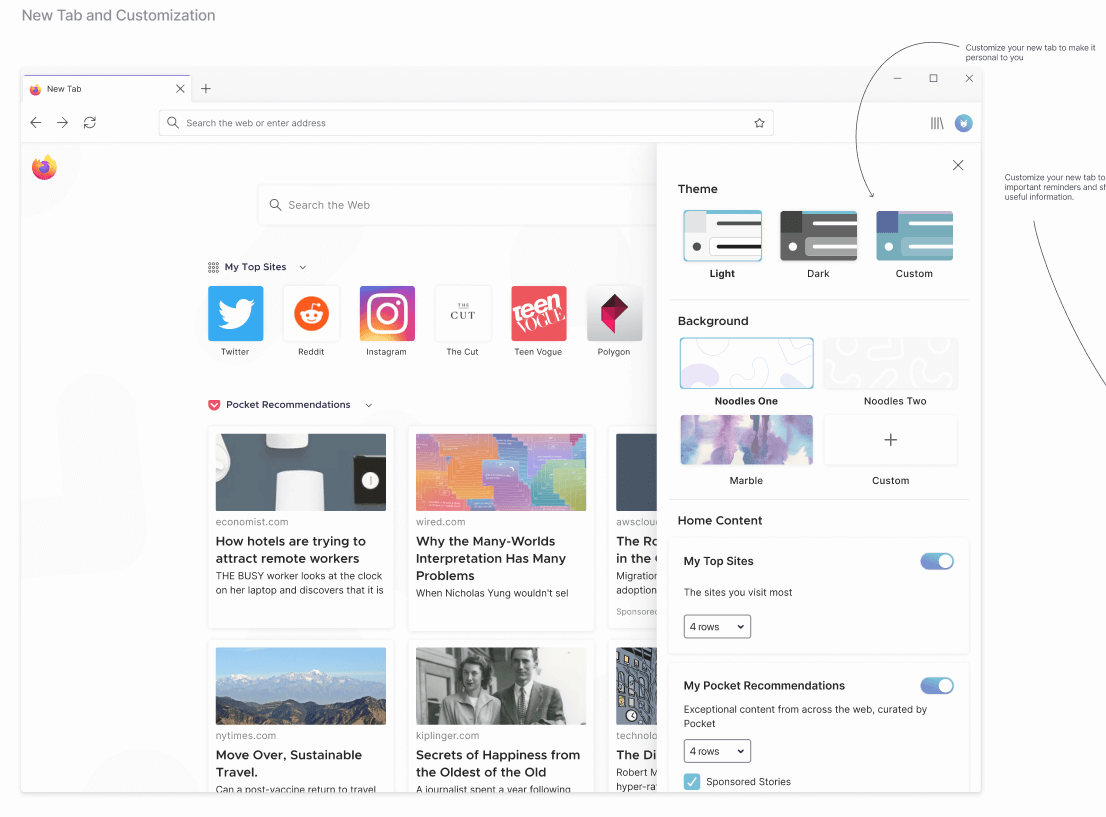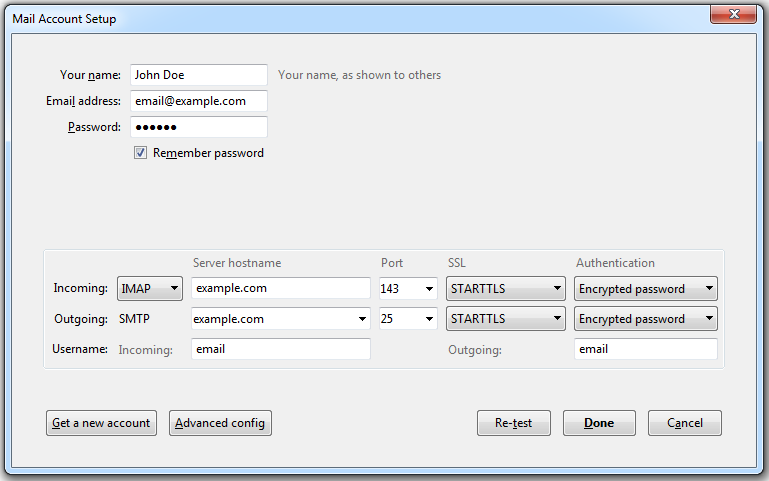If the user is present in the config file, and the config asserts that the user can only log in if SELinux is enforcing, and SELinux is not enforcing, then the PAM control of required prevents the user from logging in (though PAM would continue down the stack). Found a problem with this page? Source on GitHub; Report a problem with this content on GitHub; Want to fix the problem yourself? See our Contribution guide. If you specify DENY, not only will attempts to load the page in a frame fail when loaded from other sites, attempts to do so will fail when loaded from the same site.On the other hand, if you specify SAMEORIGIN, you can still use the page in a frame as long as the site including it in a frame is the same as the one serving the page. Mozilla launched a redesign of the about:config page in Firefox 71. All it takes is to load the address in the browser's address bar to get started. The list is a treasure trove for advanced users who like to modify browser settings that cannot be changed using the built-in settings. Get Firefox, a free web browser backed by Mozilla, a non-profit dedicated to internet health and privacy. Available now on Windows, Mac, Linux, Android and iOS.
Note
This page applies to the .exe full installer. If you want to run or deploy the MSI package, refer to the instructions on the support web page for it instead; the command-line options documented here won’t work.
Command-line Options¶
The full installer provides a number of options that can be used either from the GUI or from the command line. The following command line options are accepted. The list is valid for Firefox 62 and later. Prior to Firefox 62, only /S and /INI are accepted, and /StartMenuShortcut is not available in INI files, only the plural /StartMenuShortcuts works (even though only one shortcut is created).
The presence of any command-line option implicitly enables silent mode (see the /S option).
Each option must start with a / as shown, - or -- are not supported. Short names for the options are not provided; all names must be spelled out.
For options that accept true or false, =true can be left off to get the same effect. That is, /DesktopShortcut and /DesktopShortcut=true both enable the desktop shortcut.
/SSilent installation. This option doesn’t open the GUI, instead running the installation in the background using all the default settings. It’s useful as part of a script for configuring a new system, for example.
For backwards compatibility, this option can also be spelled -ms.
/InstallDirectoryPath=[path]Absolute path specifying the complete install location. This directory does not need to exist already (but it can).
If InstallDirectoryName is set, then this setting will be ignored.
/InstallDirectoryName=[name]Name of the installation directory to create within Program Files. For example, if InstallDirectoryName is set to FirefoxRelease, then the installation path will be something like C:ProgramFilesFirefoxRelease. The Program Files path used will be the correct one for the architecture of the application being installed and the locale/configuration of the machine; this setting is mainly useful to keep you from having to worry about those differences.
How To Access Firefox Settings
If this is set, then InstallDirectoryPath will be ignored.
/TaskbarShortcut={true,false}Set to false to disable pinning a shortcut to the taskbar. true by default. This feature only works on Windows 7 and 8; it isn’t possible to create taskbar pins from the installer on later Windows versions.
/DesktopShortcut={true,false}Set to false to disable creating a shortcut on the desktop. true by default.
/StartMenuShortcut={true,false}Mozilla Config File Examples
Set to false to disable creating a Start menu shortcut. true by default.

For backwards compatibility, this option can also be spelled /StartMenuShortcuts (plural), however only one shortcut is ever created in the Start menu per installation.
/MaintenanceService={true,false}Set to false to disable installing the Mozilla Maintenance Service. This will effectively prevent users from installing Firefox updates if they do not have write permissions to the installation directory. true by default.
/RemoveDistributionDir={true,false}
Set to false to disable removing the distribution directory from an existing installation that’s being paved over. By default this is true and the directory is removed.
/PreventRebootRequired={true,false}Set to true to keep the installer from taking actions that would require rebooting the machine to complete, normally because files are in use. This should not be needed under normal circumstances because no such actions should be required unless you’re paving over a copy of Firefox that was running while the installer was trying to run, and setting this option in that case may result in an incomplete installation. false by default.
/OptionalExtensions={true,false}Set to false to disable installing any bundled extensions that are present. Normally none of these exist, except in special distributions of Firefox such as the one produced by Mozilla China or by other partner organizations. true by default.
/RegisterDefaultAgent={true,false}Set to false to disable creating a recurring scheduled task to run the default browser agent. There are other ways (a policy and a pref) to disable the actions that the agent takes; this option is provided for tightly-controlled environments where even ascheduled task that simply exits immediately is undesirable.
/INI=[absolutepathto.inifile]Read configuration from an .ini file. All settings should be placed into one section, called [Install], and use the standard INI syntax. All settings are optional; they can be included or left out in any combination. Order does not matter.
The available settings in the .ini file are the same as the command line options, except for /S and /INI (of course). They should be set with the same syntax described above for command line use.
For any option provided both in an .ini file and on the command line, the value found on the command line will be used. This allows command line options to override .ini settings.
Here’s an example of a valid .ini file for use with this option:
/ExtractDir=[directory]Mozilla Config Generator
Extract the application files to the given directory and exit, without actually running the installer. No other options may be supplied along with ExtractDir, and ExtractDir is not available for use in .ini files.

Comments are closed.